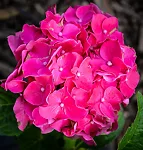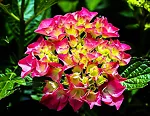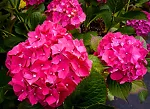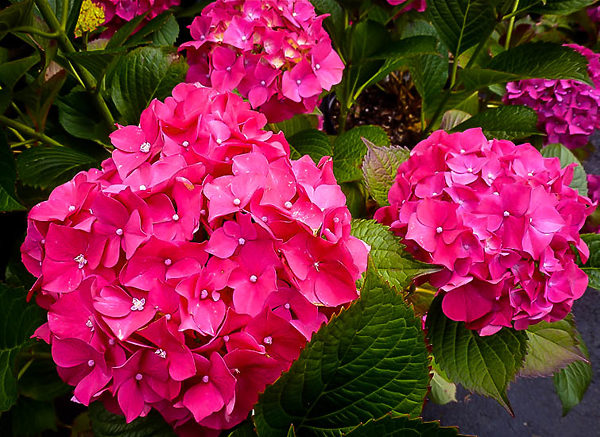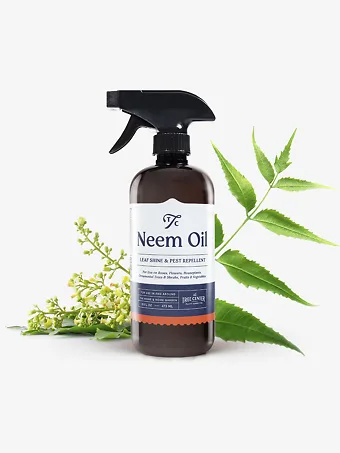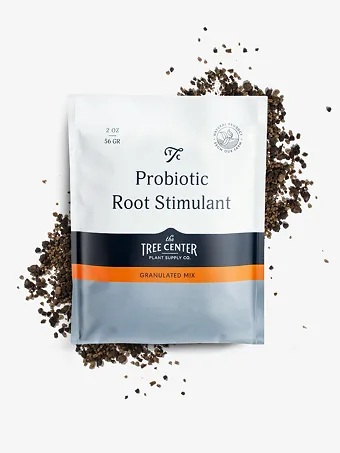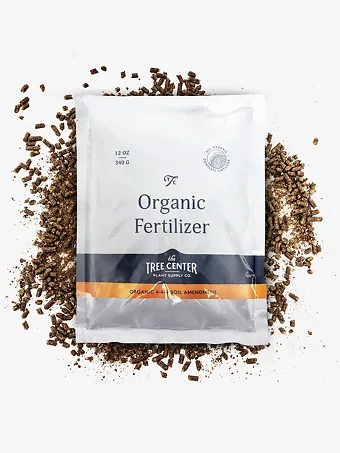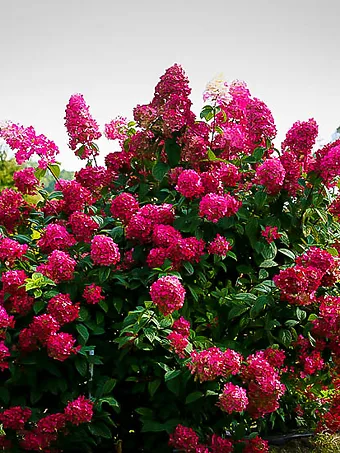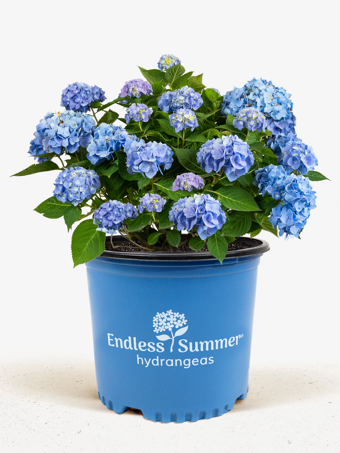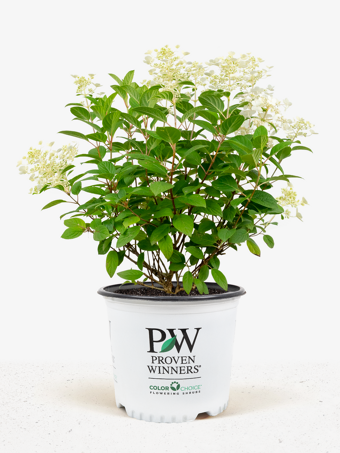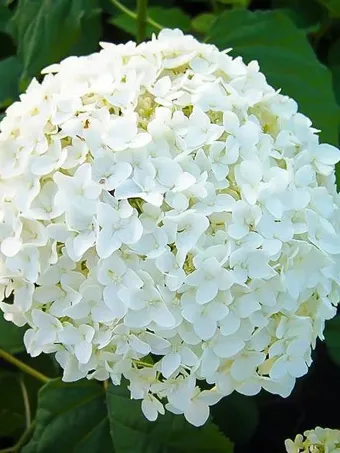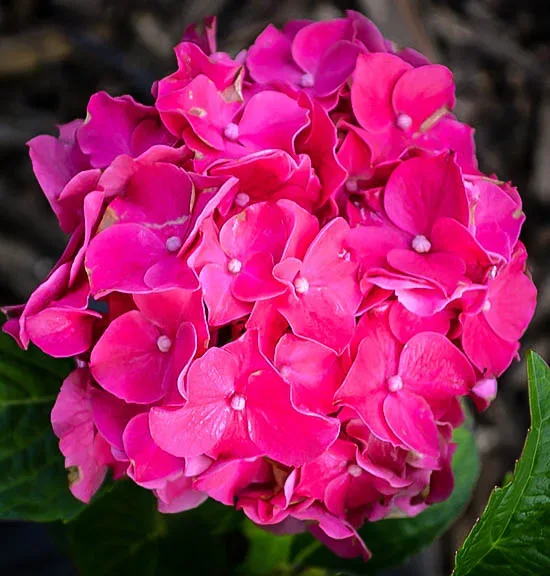
Glowing Embers Hydrangea
Hydrangea macrophylla 'Glowing Embers'View more from Hydrangeas
Glowing Embers Hydrangea
Hydrangea macrophylla 'Glowing Embers'
Select Size
30 day - ARRIVE AND THRIVE™ guaranteeLearn more


Special Features
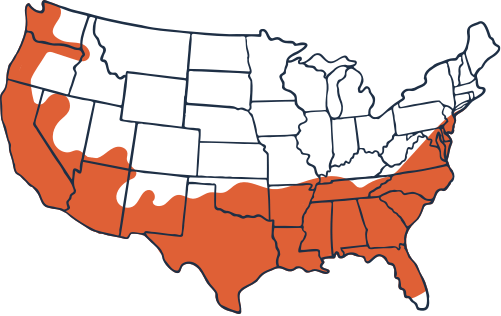
Botanical Name
Hydrangea macrophylla 'Glowing Embers'
Outdoor Growing zone
7-9
Mature Height
3-6
Mature Width
3-8
Sun needs
Full Sun, Partial Sun
The Glowing Embers Hydrangea is a special, stable color form of the mophead hydrangea, that will hold its gorgeous pink color in all kinds of soil. This is particularly helpful to gardeners on acid soils, who want to complement their blue hydrangeas with pink colors. This allows you to extend the color palette of summer flowers, and bring bright, rich tones to the shady parts of your garden. This plant grows into a broad, rounded shrub between 3 and 5 feet tall, and a little broader than that, giving good structure and form to your beds. Use it in partially or fully-shaded areas, in beds, along walkways or drives, and on the shady side of your home. Add it to woodland gardens among your other shade-loving plants. It flowers in summer, when many other plants have finished blooming, so this is the best way to extend the flowering season and plant your shady areas – all with just one plant.
- Enormous domes of bold red-pink flowers
- Stable color – stays pink even in acid soils
- Summer blooming for color after the spring show
- Grows well in partial or full shade
- Water regularly for lush, rich growth
Grow the Glowing Embers Hydrangea in any kind of well-drained soil. Add rich organic material to hold moisture and feed your plant. These plants are easily grown, and they will thrive for you if you water regularly. New plants should be watered well twice a week in the summer, and older plants at least once a week during dry weather. Mulch in spring to keep the soil moist, and prune in late winter or early spring, keeping a structure of older wood to ensure plenty of blooms. This superb plant is ideal for shady gardens in warmer parts of the country.
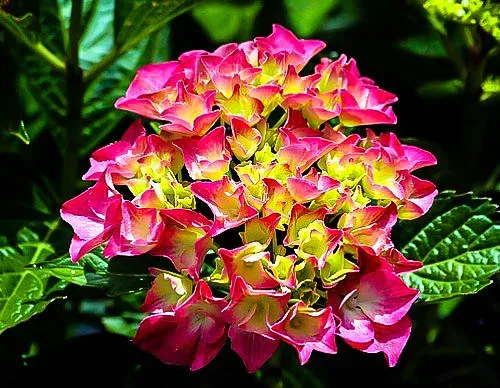
Most gardens are filled with bloom in spring, and they are again colorful in fall with scarlet and golden leaves. During the months of summer, however, they are often mostly green, yet this is the time when we spend the most time in the garden, so it makes sense to be sure we have some color at that important time. One of the great gardening standbys for this are hydrangeas. These well-known shrubs are not only covered with large blooms for weeks and weeks, they have bold foliage and plenty of bulk, to fill significant areas of a larger garden. Best of all, they thrive in exactly those shady parts of the garden that are so often problems, since most other plants like sun for all or at least part of the day.
The most common colors for hydrangeas are pink and blue, and as many people know, this color is often controlled by the acidity of your soil (but not always). There are hydrangeas that are stable in color, showing only minor changes in different soils and the Glowing Embers Hydrangea is one of these. In most soils, its huge flower heads are a perfect and appealing rich, vibrant red-pink color. If you have acidic soil, it will be more purple-pink hues, but it remains pink. You know in advance what color range you will get, even if you don’t know your soil type. If you have acidic soil in your garden, and already have blue hydrangeas, you can now compliment them with rich pinks. The Glowing Embers Hydrangea will do that for you, because the pink color is ‘bred in’ to the flower, not dependent on soil conditions.
Growing Glowing Embers Hydrangeas
The Glowing Embers Hydrangea is a full, rounded shrub growing between 3 and 6 feet in height and a little more across. Its size depends on the soil and moisture conditions you grow it in, your climate zone, and the pruning habits you adopt. The leaves are large ovals, 6 to 8 inches long, in an attractive forest-green. The edges are deeply serrated, but the leaf is soft, not spiny. As the new shoots grow in spring, a small, light-green cluster develops at the end of the shoots. This grows into a dome of greenish-white flowers, which gradually change color until they are a wonderful, glowing vibrant deep pink.
The colors last for weeks, beginning in early summer, and then the flowers will fade to brownish tones. Its huge flower heads can be 12 inches across but are usually a little smaller, while still creating a huge visual impact. They remain attractive through fall, as the leaves yellow and then drop to the ground. Many gardeners leave the flowers over winter, to provide some interest in a bare garden.
Planting Location and Initial Care
Plant the Glowing Embers Hydrangea in any area that is partially shaded. It grows well with some morning sun, and shade from the heat of the summer afternoons. It will also grow well in areas beneath trees, or on the north side of a building, which have no direct sun at all. Like other hydrangeas, this bush does best in moist, well-drained soil. It should not be planted in places that are flooded and very wet, but it is not very drought tolerant.
New plants should be watered twice a week during their first season, and after that at least once a week during dry weather. Mulching with some rich organic material in spring is the perfect way to encourage strong healthy growth, and some shrub fertilizer will give you superb results. It has no serious pests or diseases, so beside attending to watering, this plant will grow well almost anywhere.
Soil Conditions
It grows in all kinds of soil, but in very sandy soil you should add plenty of organic material to the soil when planting and pay particular attention to providing sufficient water. Whatever the acid/alkali balance of your soil, flowers of the Glowing Embers Hydrangea will be rich pink – reddish in neutral and alkaline soils, more purplish in acid soils, but still pink
Hardiness
The Glowing Embers Hydrangea does not produce flowers from new shoots that grow from ground level, so it is most suited for warmer regions, where stems are not killed by low temperatures. It is an ideal hydrangea for zones 7 to 9, where there will be little or no winter damage. If you live in colder areas, see our extensive collection of plants suitable for colder regions, such as ‘Penny Mac’, or ‘Endless Summer’.
Pruning
In late winter or early spring, as you see the buds beginning to swell, prune your plants. Begin by removing any dead or broken branches. Then remove a few of the oldest, thick branches, cutting them back to a younger stem low down on the plant. You should have an open structure of one and two-year old stems remaining. These should be cut back to the first pair of healthy buds, or a little lower down if you want a shorter plant. Do not cut these young branches to the ground, as these are the stems that will produce flowering shoots for the year.
History and Origins of the Glowing Embers Hydrangea
The Mophead Hydrangea (hydrangea macrophylla) was introduced to Europe and America in the 19th century, and its huge clusters of flowers were an instant sensation. It has remained a very popular plant, with many varieties, even since then, and it is certainly one of the best shrubs for shady places, and for flowers in summer. The variety ‘Glowing Embers’ was developed under the name ‘Alpenglühen’ in Germany in 1950, by a breeder called Brügger.
Our plants are guaranteed to be this unique variety, which retains its pink color in all types of soil. Other ‘pink’ hydrangeas will be unstable, and change color, so for durable pink, choose this variety. Despite its outstanding properties, this hydrangea is not widely available. We know our stocks will be quickly bought, so order now to avoid seeing the ‘sold out’ sign when you return.
